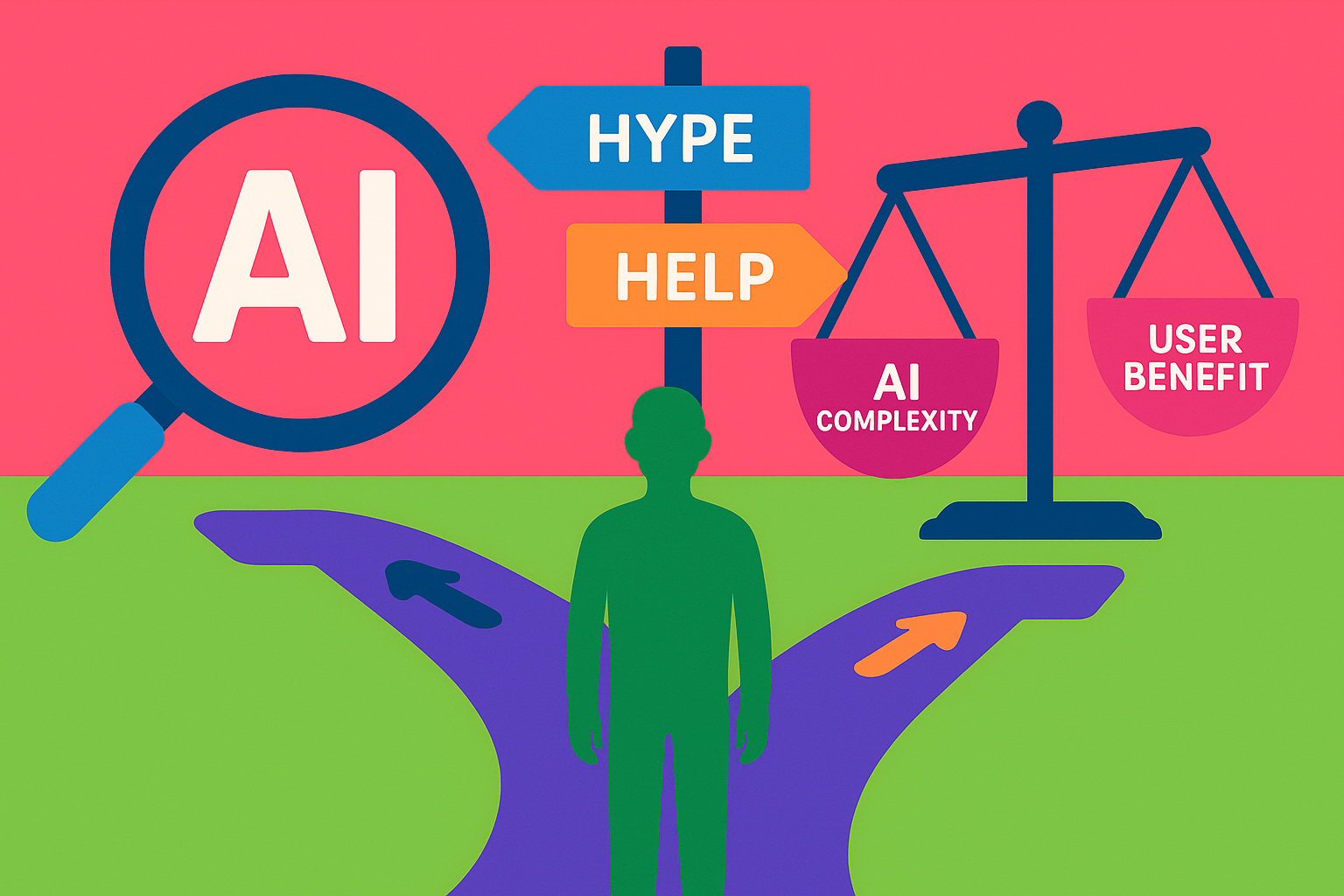Picture this: You spend months and a significant chunk of your budget building your dream app, only to launch and realize users have no idea how to use it. Or worse — they understand it perfectly and hate it.
This nightmare scenario happens to tech founders every single day. But there's a simple way to avoid it: build a high-fidelity prototype first.
What Makes a Prototype "High-Fidelity"?
A high-fidelity prototype isn't just pretty pictures or basic wireframes. It's an interactive model that looks, feels, and behaves like your real product — without any actual code running behind it.
Think of it like a movie set. From the front, it looks like a real building, but there's nothing behind the facade. Users can click buttons, navigate between screens, and experience your app's flow, even though no real data is being processed.
Why Every Tech Product Needs One (No Exceptions)
1. Your Team Will Actually Build What You Want
Ever played telephone as a kid? By the time your idea travels from your brain to your product owner, then to your developer, it's completely different.
A prototype eliminates that problem. When everyone can see and interact with exactly what you're building, there's no room for misinterpretation. Your tech stack team knows precisely what to create.
2. Users Will Tell You What's Broken (Before It's Expensive to Fix)
Here's the scary truth: what makes perfect sense to you might be completely confusing to your users. A prototype lets you put your product in front of real people and watch what happens.
Do they get lost trying to sign up? Do they understand what each button does? Are they trying to use features you never thought of? This feedback is priceless because fixing problems in a prototype takes hours. Fixing the same problems in live code takes weeks and significantly more resources.
3. Investors Get Excited About Things They Can Touch
Investors hear hundreds of pitches that all sound the same: "It's like Uber, but for..." With a working prototype, you're not just talking about your vision — you're letting them experience it.
Nothing builds confidence like watching an investor play with your prototype and immediately "get it." That's the moment they stop thinking about your idea and start thinking about writing you a check.
4. You'll Save Massive Amounts of Money
The biggest reason every tech product needs a prototype? It prevents expensive technical debt later.
When developers start coding without a clear picture, they make assumptions. Wrong assumptions lead to rebuilding features, which leads to missed deadlines and blown budgets. A prototype gets all the assumptions out in the open when changes are cheap and easy.
5. Marketing Becomes 10x Easier
A high-fidelity prototype is a marketing goldmine. You can:
- Create demo videos for your website
- Take screenshots for social media
- Let potential customers try before they buy
- Show off features in investor presentations
- Build excitement months before launch
6. Your Development Team Will Love You
Developers want to build amazing things, but they can't read your mind. Give them a detailed prototype, and they'll thank you for it. No more endless meetings trying to figure out how a feature should work. No more building something three times because the requirements kept changing.
Clear direction leads to faster development, fewer bugs, and happier developers.
When Prototypes Pay for Themselves
Yes, building a prototype costs money upfront. But here's the math that matters: prototypes typically save several times their cost by preventing expensive changes during development.
Plus, companies with prototypes often raise more money from investors. That extra funding usually covers the prototype cost many times over.
The Right Way to Build Your Prototype
Not all prototypes are created equal. The best ones:
- Start with solid requirements and user stories
- Focus on user experience first, pretty designs second
- Include realistic content, not placeholder text
- Test with real users, not just your team
- Get updated as you learn more about your users
Don't Skip This Step
Every successful tech product starts the same way: with a clear vision that everyone understands. A high-fidelity prototype is how you turn your vision into something concrete that your team can build, your users can test, and your investors can experience.
It's not optional anymore. In today's competitive market, building without a prototype is like driving with your eyes closed — you might get somewhere, but it probably won't be where you wanted to go.
Ready to build a prototype that sets your product up for success? Connect with us for all your software development and fractional CTO needs — we'll help you create something users will love from day one.











